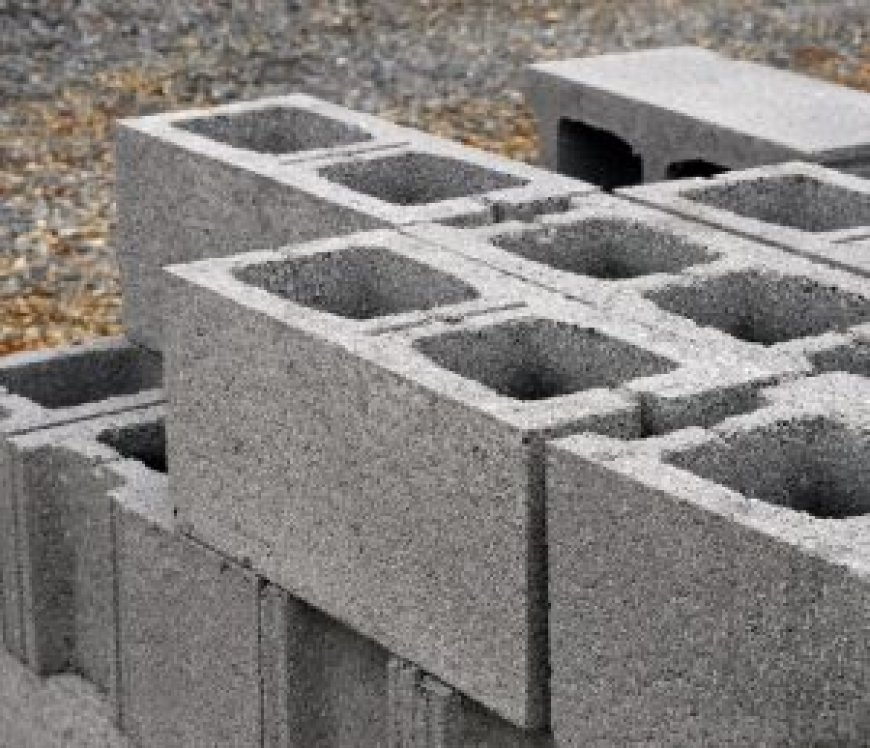Why are precast concrete blocks in Saudi Arabia mostly used for construction?
precast concrete blocks in Saudi Arabia
Precast concrete blocks in Saudi Arabia are concrete that has been made in a certain shape under controlled conditions in a plant environment. There can be numerous sorts of precast components in a building. Precast boards and other units are prepared to move forward in quality and execution and have been fixed for some time since their establishment. Precast concrete can be utilized for floors, outside and inside dividers, concrete systems, staircases, divider cladding, and a variety of other development uses.
Advantages of Precast Concrete
With precast concrete, you can utilize the form for as many indistinguishable boards as you require. The preparation is speedy, and the plant setting encourages the setting up of great quality control courses of action that result in a high-class item each time. In any case, as the preparation requires semi-skilled administrators, labor costs are kept down. Moreover, development isn’t subordinate to the climate. The precast concrete can be effortlessly maneuvered and transported to the location by truck when the development is prepared for it. Once on location, they can be joined into the building rapidly. In addition to prestressing, steel can be consolidated into each unit to give it extra strength.
Elements of a Precast Concrete Building
Precast boards could be molded for an array of capacities used to build mechanical units, such as bridges and flyovers, and private homes.
Formwork is the title for the shape that describes the strategy utilized to make the precast concrete. The concrete is poured in and upheld by the formwork until it is solid enough to stand alone. Each unit can be made to meet the architect’s necessities and can consolidate distinctive joining and settling solutions. The type of building being developed will determine the precast concrete necessities. Mechanical buildings utilize precast columns and long pillars, while residential lodging consolidates precast floors, which can be level or ribbed, and walls.
-
Precast Footings
Precast footings are establishments that are simple to introduce and utilize as long as they arrive on location. They are amazingly solid and provide a steady and level base from which to construct. The establishment of precast footings isn’t weather-dependent, and there is no blending or other on-site planning required.
-
Beams
Precast concrete pillars are a fundamental highlight of numerous buildings nowadays. They are especially suited to floor development in houses, pads, and commercial buildings and provide a low-cost flooring arrangement. Edge and spandrel bars, which have a sill, go around the edge of the development, including quality, and the sill gives the base from which floor slating can begin. Spine bars are like spandrel pillars but have two sills. Suspended pillar and piece floor frameworks utilizing precast concrete minimize exhuming prerequisites. Precast concrete lintel pillars can be utilized over entryways and outlines by and large, and T bars are frequently consolidated into building design.
-
Columns: With both quality and adaptability, precast concrete columns include quality and adaptability and increase the life of any building. Columns can be made to the architect’s plan and join any extraordinary highlights or fittings. These columns can be raised as much as five times faster than in-situ strategies of concrete generation, so they are labor-saving. A high-quality wrap-up can be accomplished, and besides, they can be raised at night, indeed in private regions, since there is none of the clamor related to making concrete on site.
-
Shear Walls
Precast concrete divider boards can be utilized for both outside and inside surfaces. They give quality and sidelong soundness and, when amassed, can frame a shear divider. Utilizing divider boards and building them up is the most common strategy utilized and empowers lateral-force resistance to be decided. They have been utilized in building ventures as tall as 30 stories but are more commonly seen in lower-level development. The boards fit together effectively, and the plan can join settling components, such as steel edging plates that can be welded together for added quality. Cases of sheer precast concrete divider buildings incorporate lift shafts.
-
Segment Dividers: Segment dividers made from precast concrete can be lifted into position or the boards cemented together on location to give a wall-to-ceiling parcel divider arrangement. This sort of get-together can be as much as six times faster than elective brick work. Boards are especially suited to sound separators, so they are reasonable for use in inns, kitchens, clinics, schools, and lofts anywhere a degree of secu

rity is required or clamor from apparatus needs to be deadened.
Conclusion
They also act as fabulous fire retardants, and the thicker the boards, the more prominent the level of security advertised. Precast concrete blocks in Saudi Arabia, too, have great resistance to dampness, so they are appropriate for use in damp rooms, washrooms, and kitchens. With most segment divider arrangements, no putting is required as the surface is now wrapped up. Boards are solid enough to hang fittings from, and the addition can incorporate conduits for wiring.












